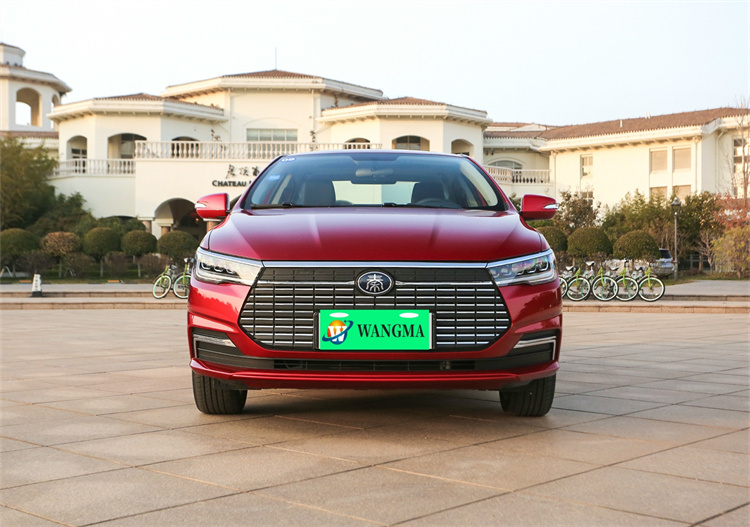
נוב . 24, 2024 07:37 Back to list
CorruGated Galvanized Iron Production Facilities and Their Impact on the Construction Industry
The Evolution and Significance of Corrugated Galvanized Iron Factories
Corrugated galvanized iron (CGI) plays a crucial role in the construction and manufacturing industries across the globe. Its unique properties, including lightweight, durability, and resistance to corrosion, have made it a preferred material for roofing, siding, and various other applications. The factories producing CGI have evolved significantly over the years, adapting to technological advancements and changing market demands. This article delves into the history, manufacturing processes, benefits, and challenges faced by corrugated galvanized iron factories.
Historically, the use of CGI can be traced back to the mid-19th century. Initially, it was developed as a solution to the growing need for stronger and waterproof roofing materials, especially in industrial applications. The corrugated design, characterized by its wave-like shape, enhances structural integrity while reducing material usage. The introduction of galvanization—coating steel sheets with a layer of zinc—further revolutionized the industry by providing added protection against rust and corrosion.
The manufacturing process of CGI involves several intricate steps. First, steel sheets are produced through various methods, including hot rolling and cold rolling. Once the sheets are prepared, they undergo the galvanization process, where they are coated with molten zinc. This process is crucial, as it not only enhances corrosion resistance but also improves the material’s lifespan. After galvanization, the sheets are then corrugated using specialized machinery, which shapes them into the iconic wavy design.
Today, CGI factories employ cutting-edge technology to streamline production and enhance efficiency. Automation plays a key role, allowing for high-volume output with consistent quality. Additionally, advancements in techniques such as pre-painted galvanization enable manufacturers to produce aesthetically pleasing options for consumers, broadening the scope of CGI in architectural applications. Modern CGI factories are also increasingly adopting sustainable practices, including recycling scrap metal and minimizing waste, in response to growing environmental concerns.
corrugated galvanized iron factories

The benefits of CGI are manifold, which explains its widespread use in both residential and commercial construction. One of the primary advantages is its cost-effectiveness. CGI is relatively inexpensive compared to other roofing materials, making it an attractive option for budget-conscious builders. Its lightweight nature simplifies the installation process and reduces transportation costs.
Moreover, CGI is highly versatile. It can be used in a variety of applications, from simple residential roofs to complex industrial structures. Its reflective properties also contribute to energy efficiency, as it helps in reducing heat absorption, thereby lowering energy costs associated with cooling buildings. Additionally, CGI’s durability ensures that structures have a long lifespan, minimizing the need for repairs and replacements.
However, while the CGI industry is thriving, it faces several challenges. One major issue is the fluctuation in raw material prices, particularly steel, which can impact production costs and profit margins. Additionally, as environmental regulations become stricter, factories must invest in cleaner technologies and processes, which can require significant capital. The competition from alternative materials, such as synthetic roofing solutions, also poses a challenge for CGI manufacturers in retaining market share.
Furthermore, the lack of skilled labor in some regions can hinder production efficiency and product quality. As CGI technology advances, it becomes increasingly important for factories to train their workforce in modern manufacturing techniques. This not only ensures better output but also fosters innovation within the industry.
In conclusion, corrugated galvanized iron factories are pivotal to the construction sector, providing a material that embodies durability, affordability, and versatility. As these factories continue to evolve with technological advancements and respond to market dynamics, CGI will likely maintain its position as a key player in building and manufacturing applications. With an emphasis on sustainability and innovation, the future of CGI production holds promising potential, aimed at meeting the demands of an ever-changing world. As the construction industry looks towards greener solutions and cost-effective materials, CGI remains a foundational component of modern architecture and infrastructure.
-
Affordable Used Car Engines Prices Quality Used Car Engines for Sale Reliable Used Engines
NewsJul.08,2025
-
Can You Use Dish Soap on Cars? Discover Safe Car Cleaning Alternatives
NewsJul.08,2025
-
Top Car and Driver EV SUV Picks Best Electric SUVs 2023, Ratings & Reviews
NewsJul.07,2025
-
How to Buy Used Cars Cheap Best Places & Top Deals for Affordable Vehicles
NewsJul.07,2025
-
Best Danbury Used Cars for Sale Reliable Used Cars Danbury CT Dealer Ingersoll Auto Specials
NewsJul.06,2025
-
Quality Used Car Parts in Asheville Affordable Asheville NC Auto Parts Reliable Asheville Used Car Dealerships
NewsJul.06,2025